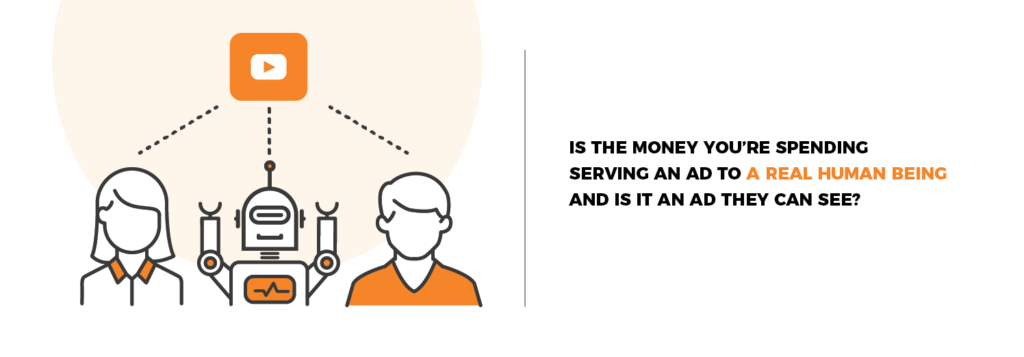Limiting Invalid Traffic in Online Advertising
September 28, 2018
As we enter the final 45 days of the election cycle and money starts to pour into online advertising, we wanted to highlight a nerdy, but important topic: Invalid Traffic (IVT).

It’s easy to gloss over when the slew of acronyms and buzzwords start flying around: IVT, GIVT, SIVT, Spiders…
IVT rate is technically defined as the percentage of unfiltered impressions that were determined to be delivered to a invalid endpoint. This includes General IVT (Spiders, Excessive Activity, and/or Data Center Traffic categories) and Sophisticated IVT (Invalid Proxy, Automated Browser, Incongruous Browser, Invalid Source, Hidden Ad, and/or Session Hijacked Traffic categories).
But this all boils down to a very simple concept: is the money you’re spending serving an ad to a real human being and is it an ad they can see? Or is that human on another browser tab at the moment of view with the sound off? Better yet, is the view a real voter, or a robot?

In English: fraudulent, non-human traffic.
At PLUS Communications, we partner with industry leader Moat Analytics to verify all of the online inventory we purchase – from Facebook to YouTube, to thousands of other sites voters visit every day.
And the results of this monitoring have been shocking.
A total of 12 percent of ads served on the Los Angeles Times website were flagged as invalid, as were 13 percent of those on the StarTribune, and 28 percent on the Chicago Tribune.

Our point: even notable properties are not safe from invalid traffic and – without careful monitoring – you’re likely flushing money down the drain.
There are a number of steps we take to limit exposure to IVT. From writing viewable guarantees into the IO process, to automated alarms for poor performing partners.
The question is…are you?
If you’re looking for more information on Invalid Traffic or would like our help serving your ads to real humans, please don’t hesitate to reach out.
Back




